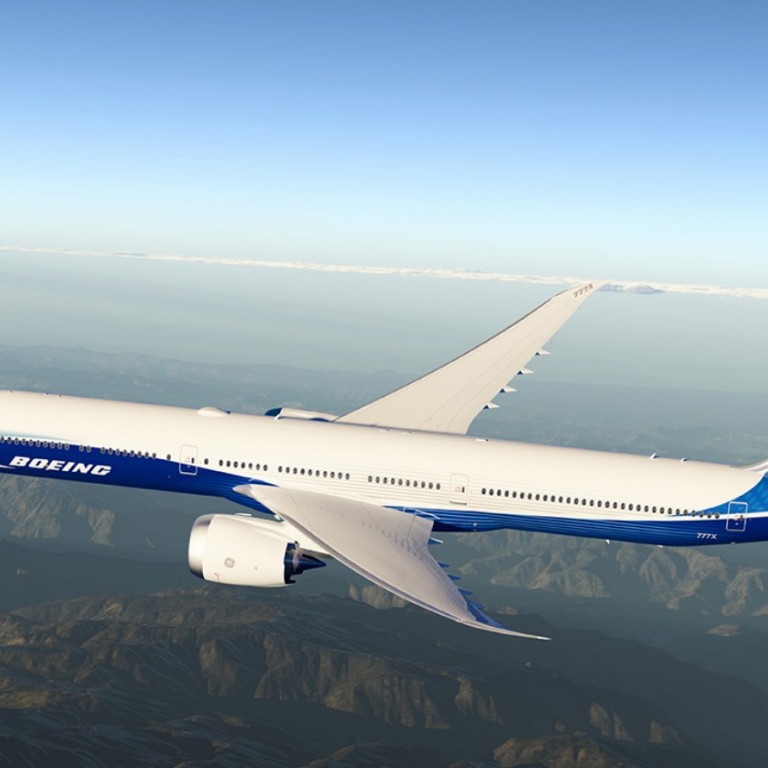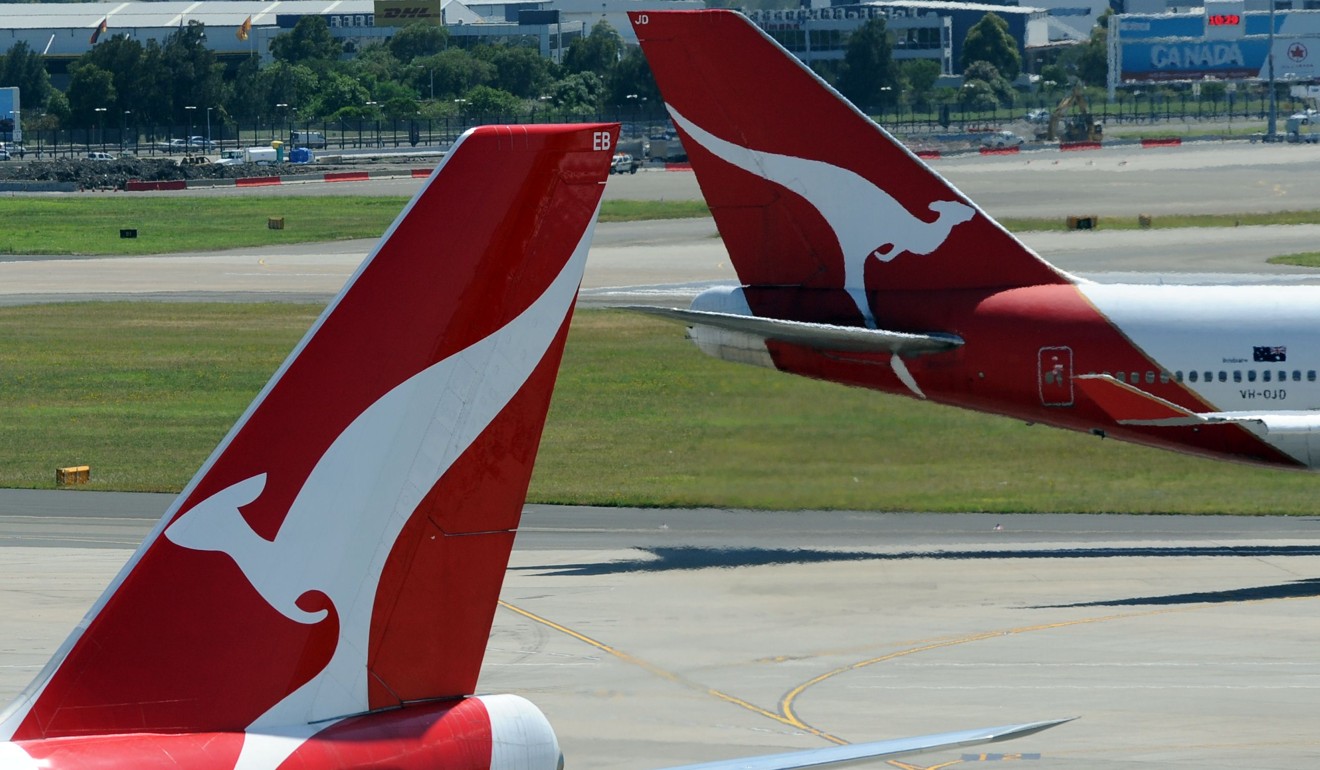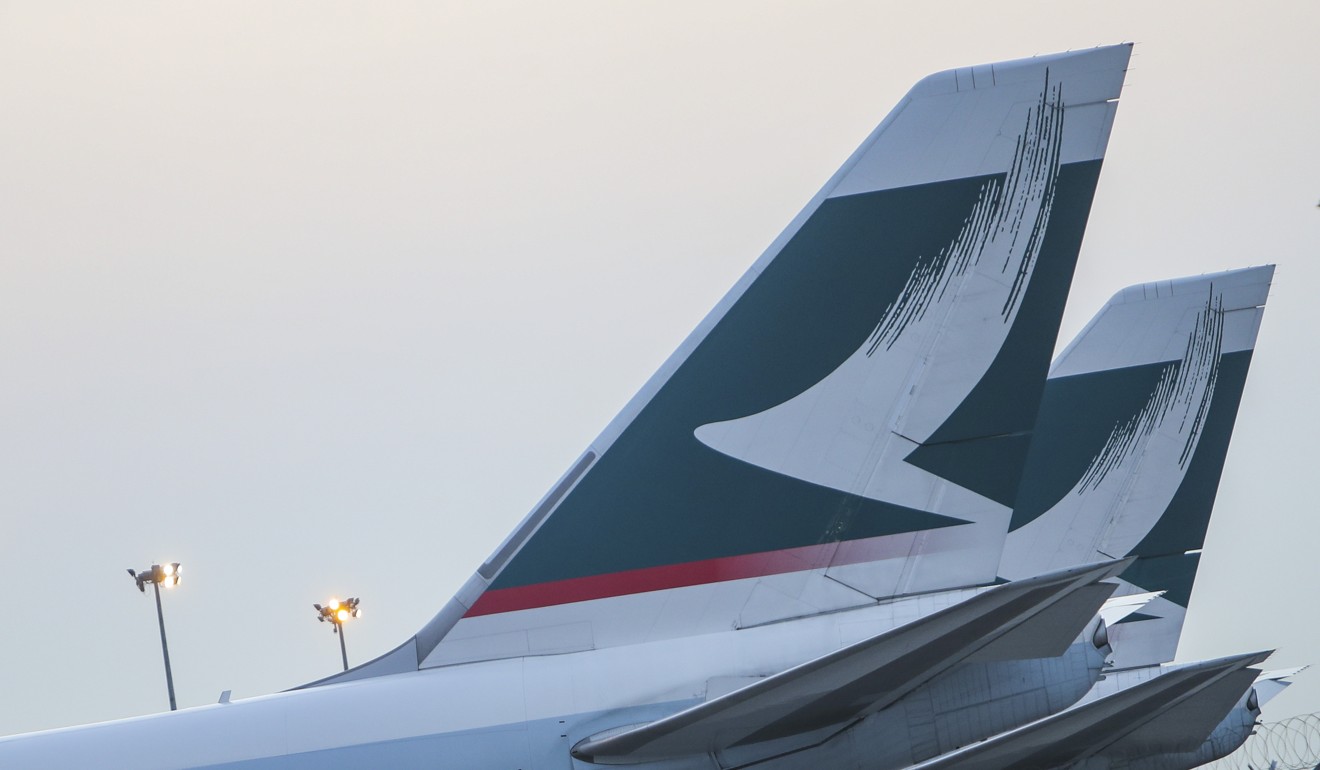
Exclusive | Qantas’ vision to convert plane cargo holds into entertainment and exercise zones won’t be easy, experts say
- Carrier has challenged aircraft makers to churn out such designs, but experts cast doubt on concept ever reaching market
- Vision has been compared with lofty talk of gyms and casinos on sky giant A380, but such ideas never came to fruition
With longer flight times and routes, airlines intend to convert plane cargo compartments into areas for entertainment, leisure or exercise zones, but experts caution there are limits to what can be offered.
Qantas is leading the ambitious charge, with the aim to use freight space on aircraft for its planned non-stop flights from Sydney and Melbourne to London and New York.
The Australian carrier in recent months has deepened its sketch of new passenger experiences: ranging from virtual-reality relaxation zones, exercise areas and even stationary exercise bikes, to an in-flight cafe. Sacrificing heavier cargo for passenger-related space could help airlines fly farther.
CEO Alan Joyce has said the carrier is brainstorming the concept with a view to getting passengers on their feet and moving around.
“There is a lot of blue sky thinking,” he said.
To push for its vision, Qantas has pit aircraft makers Boeing and Airbus against each other.

But Boeing’s cabin and interior expert Kent Craver, in an interview with the Post, questioned whether passengers would enjoy a windowless experience, citing psychological studies which helped shaped the American aerospace company’s newest twin-engine jetliner, the 777X.
End of the A380 superjumbo: Airbus to stop making world’s biggest passenger jet in 2021
“The potential of having some space is there,” Craver said. “Knowing the research that we have and this importance of being connected to the outside, [if] you don’t have windows down there, that’s a challenge.”
Craver cited work by Middle Eastern carrier Emirates, which used virtual windows to project sky images to passengers. He said there was no technology at the moment that could achieve this on a vast scale.

“I think there is a lot of potential, I think there is probably more questions that need to be answered.”
The 777X will compete with Airbus’ longest range aircraft, the A350, for Qantas’ 20-hour flights.
“Boeing will always listen to what our airlines want. If there is a market for it, and it makes sense, we will offer it,” Craver said.
Kai-Chin Shih, aircraft interiors expert for industry analyst CAPA Centre for Aviation, also expressed scepticism.
Hong Kong Airlines scraps Auckland flights and turns back on long-haul services to focus on more profitable Asian destinations
“Utilising the cargo deck for passengers – I’m as doubtful as Mr Craver,” he said. “The idea immediately reminds me of conversations surrounding gyms and casinos on the A380 more than a decade ago. These never came to fruition as the costs and trade-offs simply weren’t justified, not to mention regulatory issues.
“We shouldn’t discourage industry brainstorming and experimenting to improve passenger experience. Truth is, ultra long-haul is indeed difficult to bear,” Shih said. “However, we should always bear in mind Bill Buxton’s ‘Long Nose of Innovation’ theory.
“Envisioning ideas like cargo hold amenities to hit the market within the next few years is simply delusional. Let the visionaries do their jobs; as for airlines, stick to more realistic refinements.”
Shih was quoting the Canadian computer scientist who suggested that innovation was a drawn-out process.

Boeing meanwhile is making good progress on the 777X, with its first test plane rolled out of the factory for a year-long trial, and delivery expected in 2020.
Hong Kong’s Cathay Pacific Airways has ordered 21 of the larger 777X jets, the first of which are set to arrive in 2021 with 10 seats in a row in economy, as the standard.
With folding wing tips among special features, the aircraft will be different from the current 777 classic that Boeing makes and Cathay Pacific operates.
Depending on the layout that some airlines may take, economy class seats on the model could be as wide as 18 inches if carriers, thanks to newer seat technologies, opt for narrow aisles and armrests.
Hong Kong’s Cathay Pacific Airways set to close Toronto cabin crew base, with up to 120 jobs at risk
Craver said the 777X experience would be much improved, taking many cues from the 787 Dreamliner, and raise the bar for flight comfort.
“We have learned how to use the architectural lighting combination to truly expand the psychological sense of spaciousness,” he added, highlighting a series of Boeing studies on the flying psychology of travellers.
With larger windows than the current 777s, a slightly wider aircraft cabin, interior features such as hand carry luggage compartments with straight edges, better air circulation and ambient lighting, a larger sense of space and an improved in-flight experience is expected.
“It will have a massive effect on the passenger experience and the way they rate it,” Craver promised.
The dreaded middle seat allocation on the 777X will not be as bad as thought, according to Boeing, which said passengers would still get a feeling of space and outside views because of larger windows.

